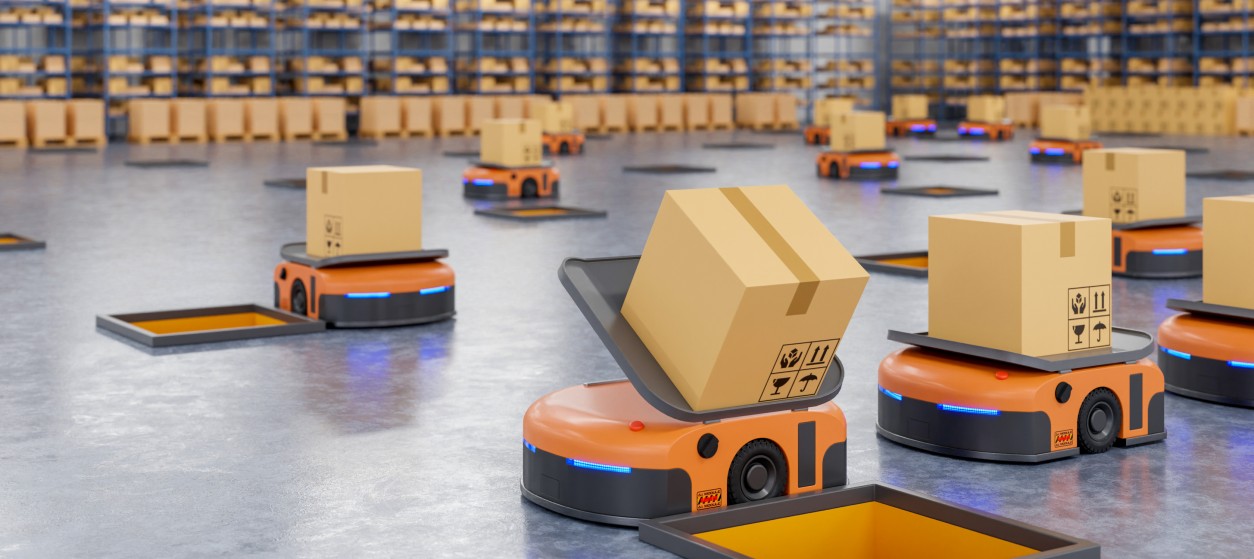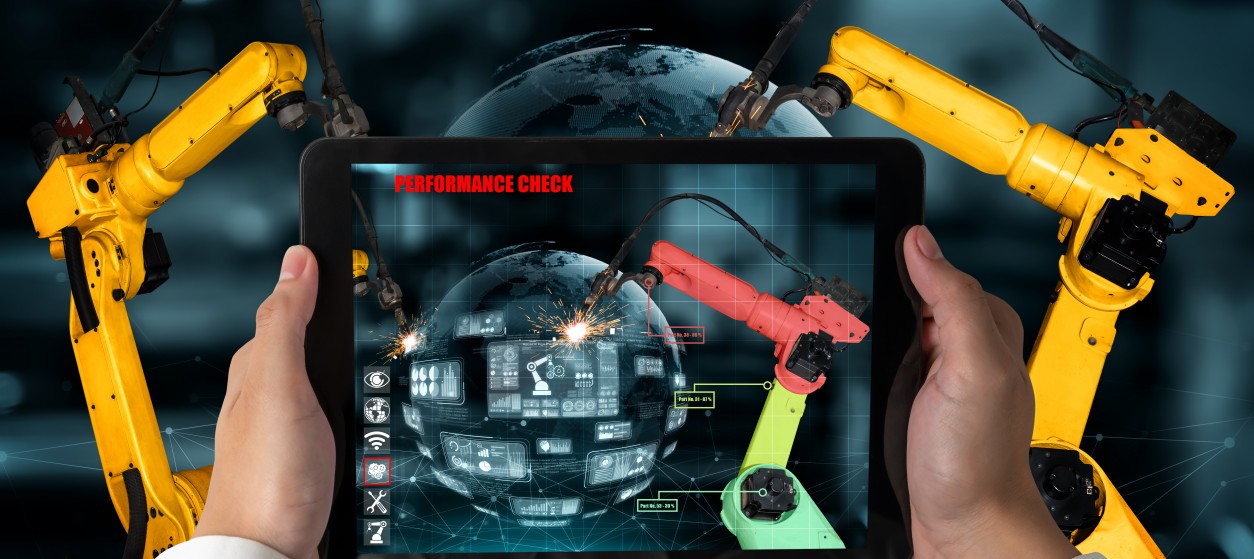Along with an advancing technology, the priorities and the way of running a business have changed drastically too. Now companies don’t want to outsource tasks to offshore employees but want to rather automate.
Even though most organizations find automation to be a challenge they often find it to be the right solution for a number of rules-driven processes. Robotic automation enables non-engineers to automate certain business processes effectively while also keeping cost reduction in mind. The technology is highly suited for processes that are short lived and driven by rules.
Robotic automation goes beyond just the use of software programs to handle routine procedures. It allows enterprises to reduce their dependency on offshoring and also helps in cost reduction.
In this article, let us take a look at some of the benefits of robotic automation
1. Highly rules driven
Robotic automation can be used to automate any rules-based process. It is quite flexible too for it works by linking all applications without any need for adaptation and it can run on any platform. It is rapid, cheaper and more reliable than using people and can quickly scale up or down. It is simple, effective and it hardly takes a few weeks to implement.
Moreover, robotic automation gives returns within months. If you need to get repetitive and predictable tasks completed, it may be a better idea to use robotic automation than hiring full time employees. Automated tasks follow rules and thus cannot “think” creatively. For tasks that need creativity and innovation, robotic technology cannot be a substitute.
2. Answer to offshore resources
Robotic automation can be a great substitute for offshore labour. Current social, political and regulatory climate conditions are volatile in a number of countries, making offshoring projects a tad risky. As robots can run in any location or perform any task repetitively, one can simply negate the necessity to outsource projects to offshore locations, rendering risk-free solutions. A robot can perform tasks at a much lower rate than if they were outsourced to actual employees abroad.
3. Best suited for tactical and short lived processes
Automation processes speed up work and they not only save money but also reduce time consumption when compared with traditional outsourcing. Companies can maintain the control of output thoroughly, while the necessity for an offshore or outsource partner is required only for processes that need analytical thinking. Robotic technology is best suited for requirements which are tactical and short lived in nature.
4. Scalable, Extensive and fit for reuse
Robotic technology can be instantly scaled up or shut down as per requirement. It does not however replace existing systems. It is non-invasive and processes need not be re-engineered. In fact, robotic technology helps you in monitoring how much power you have consumed. And as you can scale up or delete a process as per your convenience, it can be reused multiple times.
Is robotic automation a threat to traditional off shoring?
Many software companies in the US and the UK are rapidly automating more than half the projects they earlier used to outsource. Robotic technology solves IT issues at a speed that cannot be matched by the humans. Robotic automation is taking a toll on traditional outsourcing globally. Countries like China, Japan, the US and the UK are increasing their use of robotic automation leading to a demand problem among traditional outsourcers like India. The situation is quite palpable as the technology does pose a threat to the traditional ways of outsourcing.
One of the ways to mollify the effect of robotic automation is to innovate. Robotic technology works well only for projects that are of short duration and repetitive in nature. Outsourcing vendors must learn new skills and diversify towards more analytical and skilful services. In fact, vendors can offer robotic automation as a service themselves, along with traditional IT services.
We must remember that robotic technology cannot replace human analytical skills. Both clients and vendors can use robotic automation to reduce cost burden and increase efficiency in short-lived and easy projects. However, when it comes to complex issues, there will always be a need for human creativity and analytical skills. Ideally, a combination of robotic automation and offshore outsourcing will help businesses to approach the situation in a sustainable manner.










